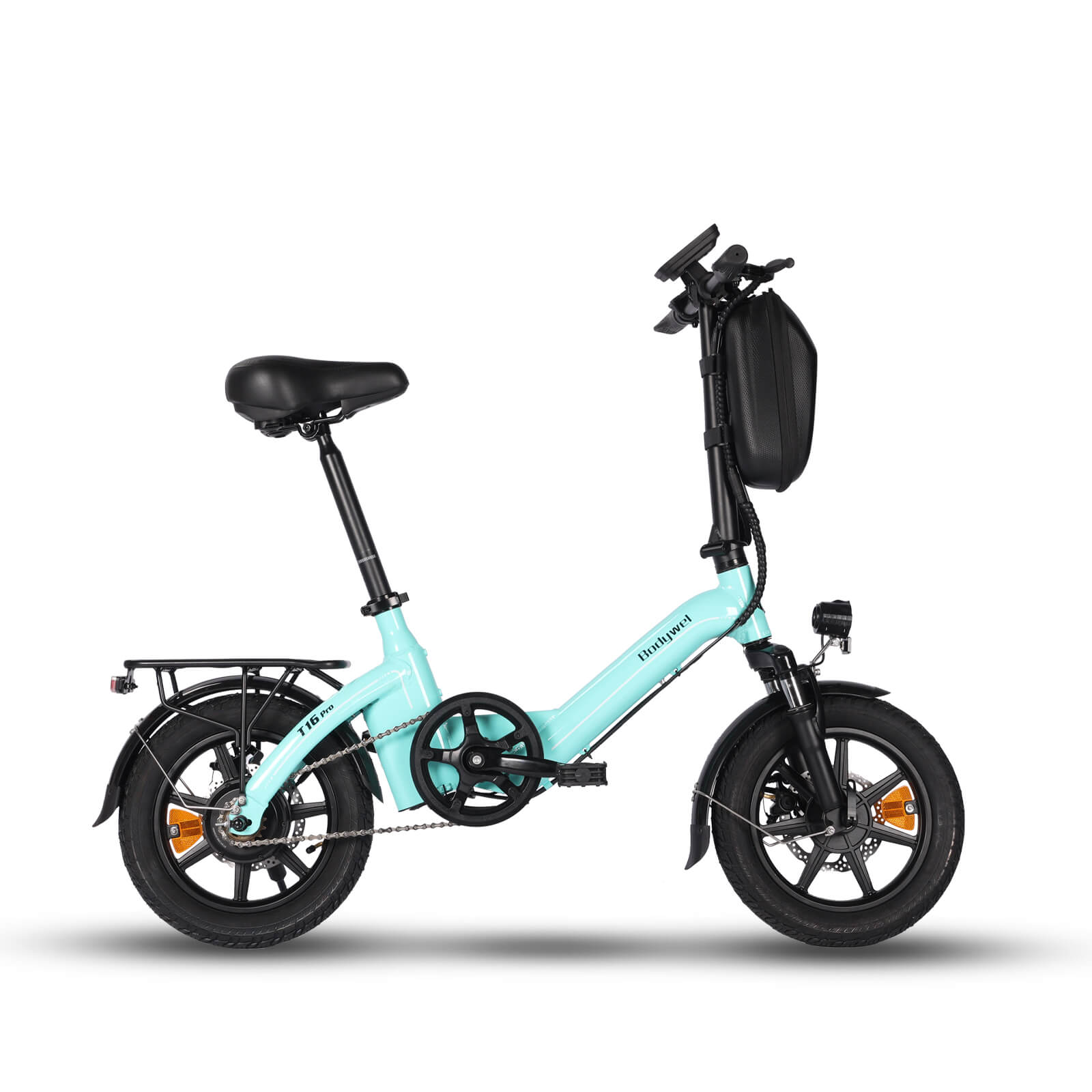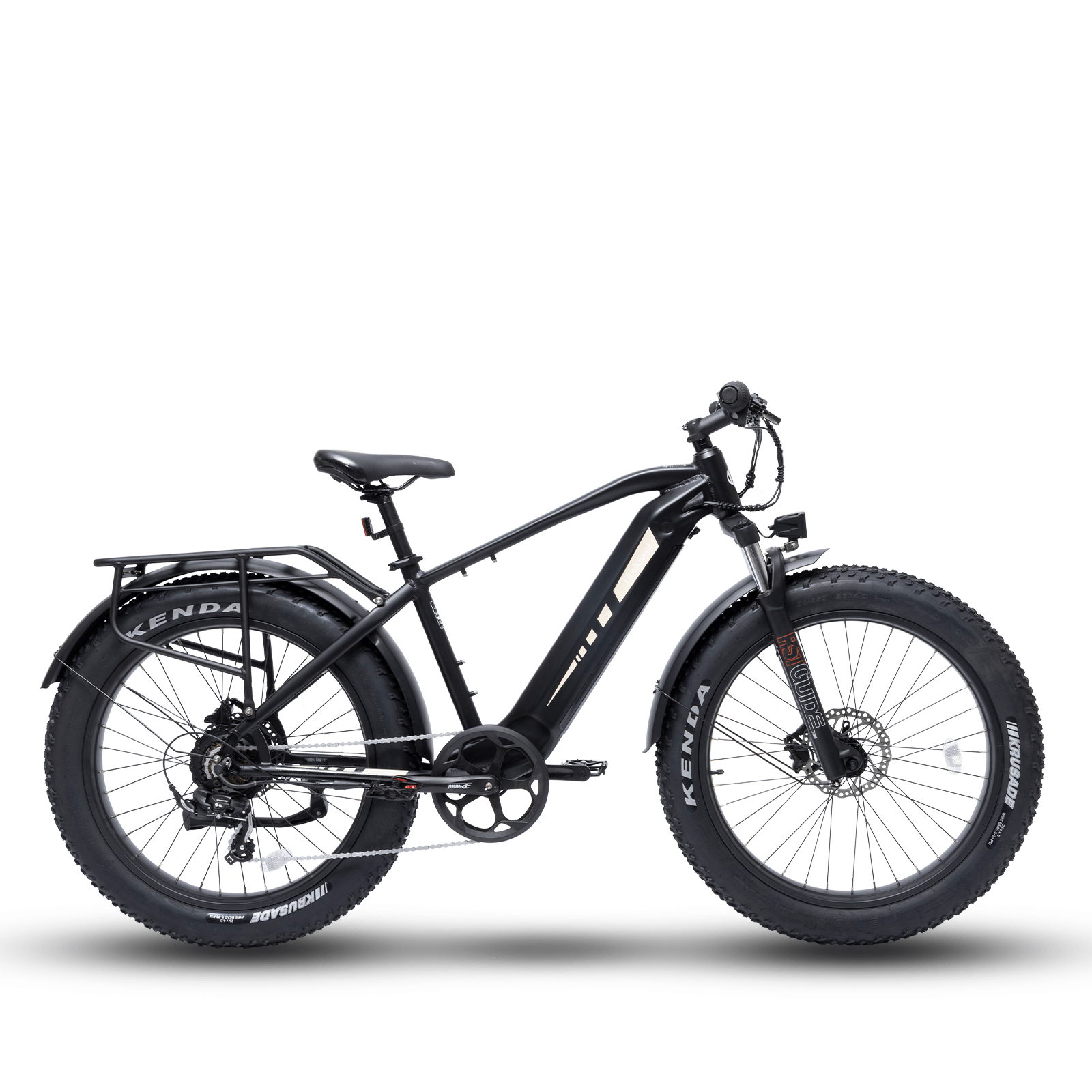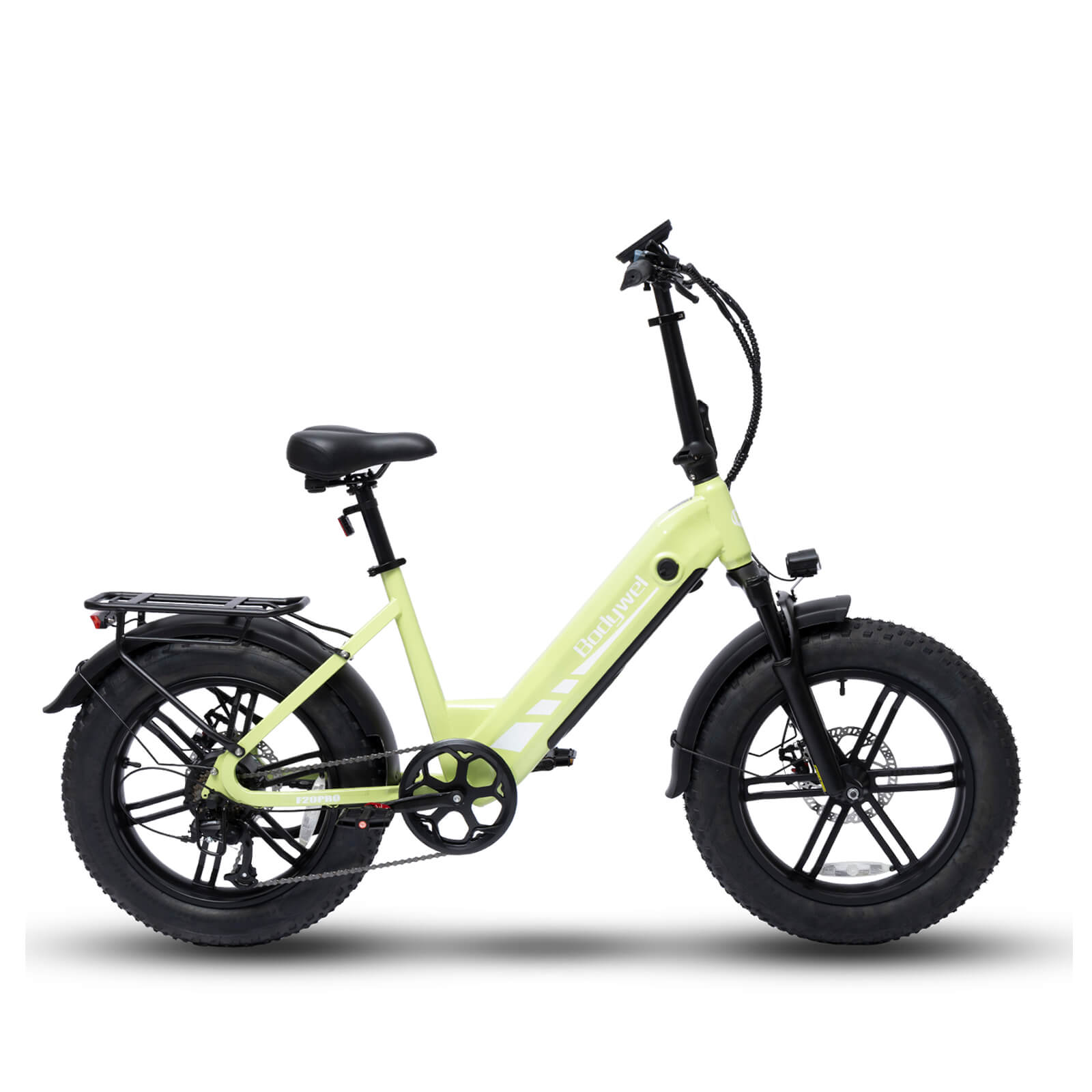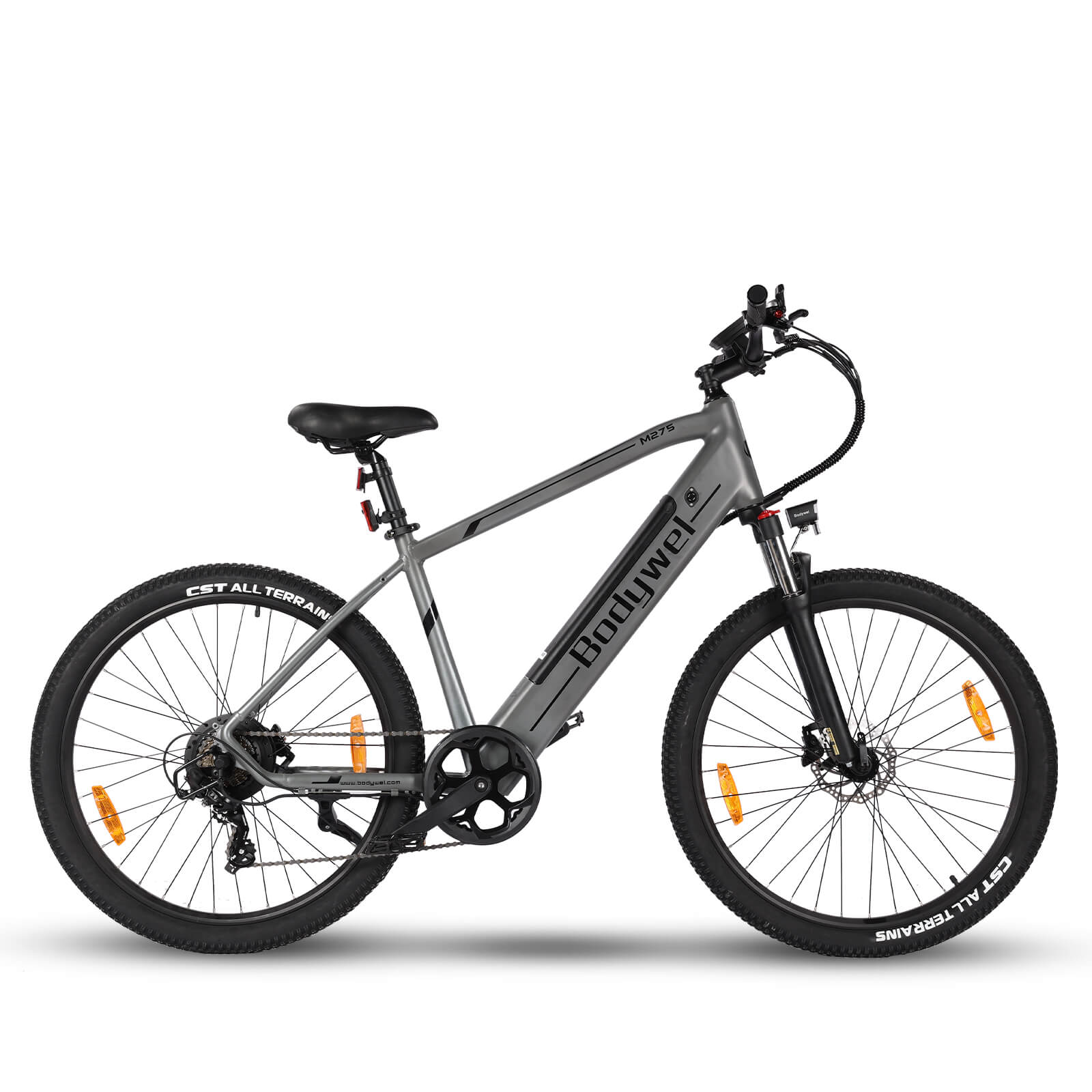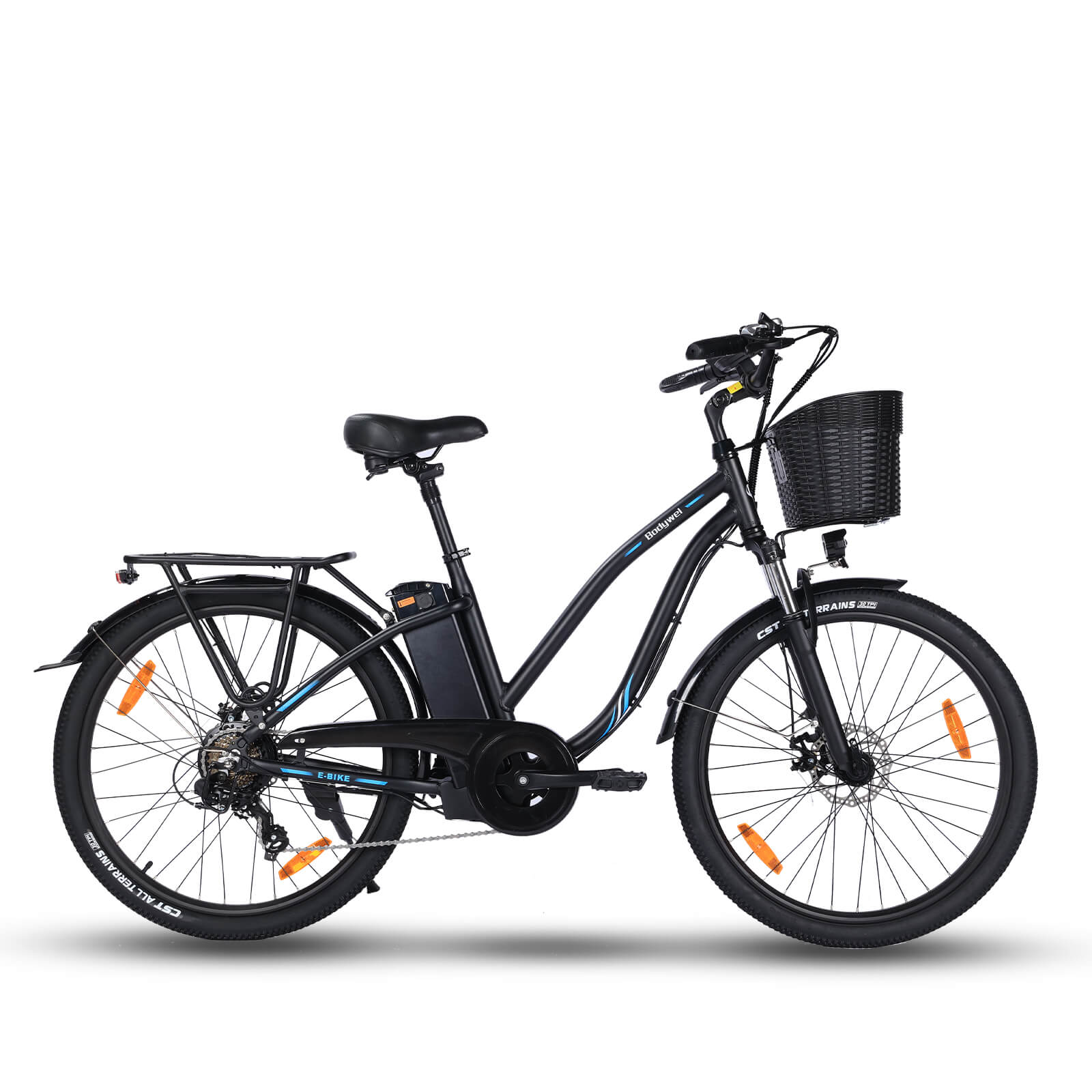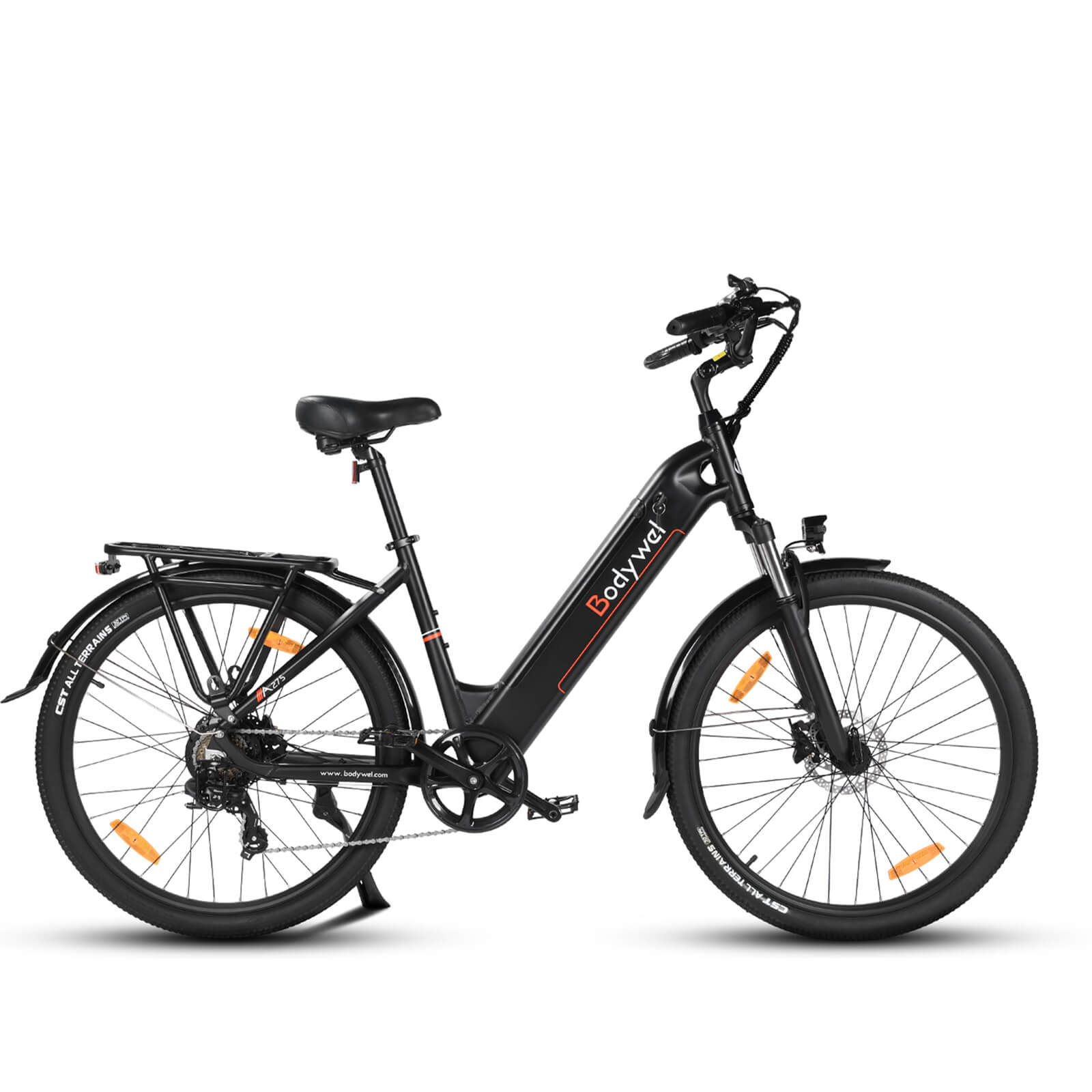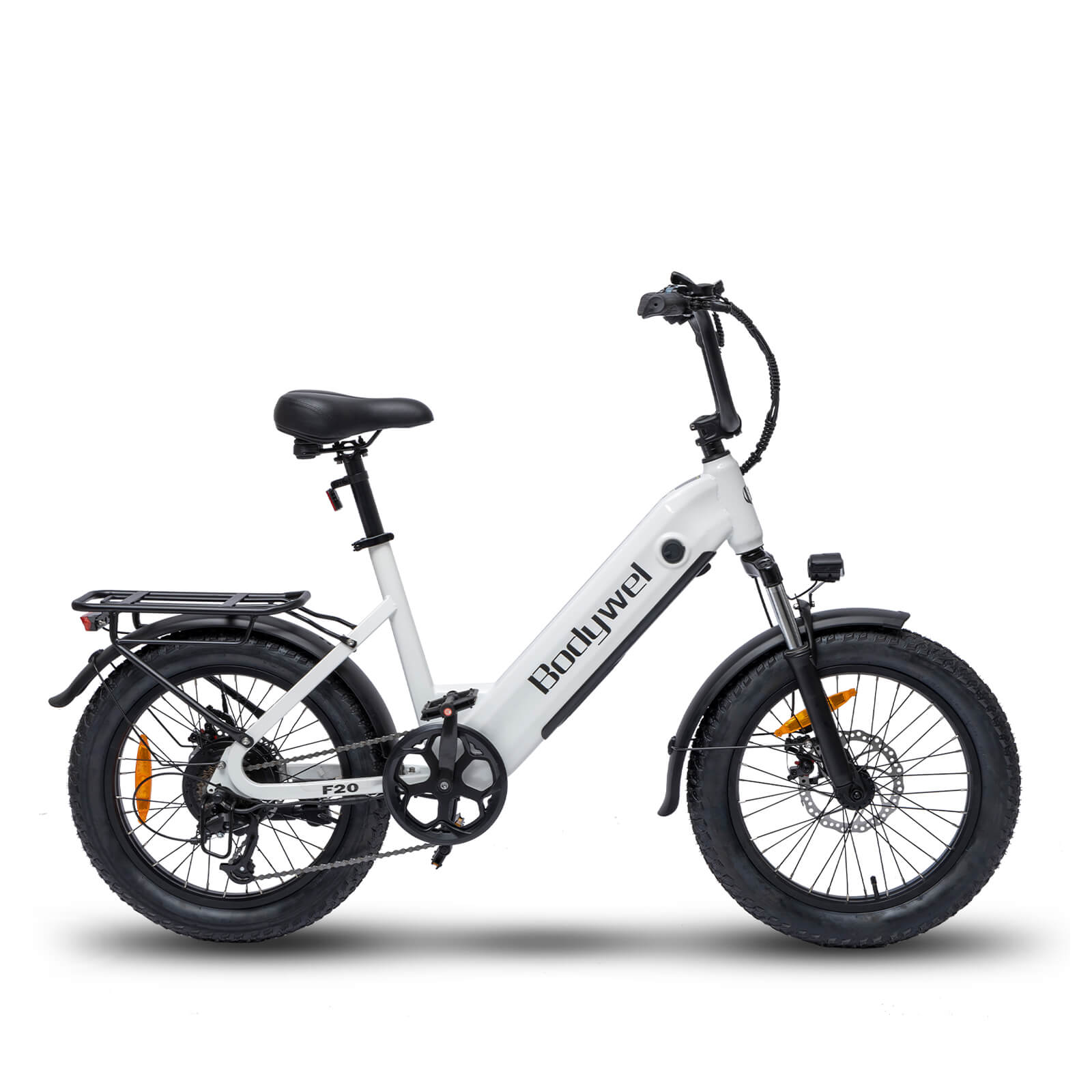Is Your Bicicleta Electrica Ilegal? Know the Laws Now

Electric bicycles (e-bikes) offer a convenient and eco-friendly way to commute, but many riders unknowingly use illegal models. This guide explains how to determine if your bicicleta electrica complies with local regulations, covering power limits, speed restrictions, and licensing requirements.
Understanding Illegal Electric Bikes: What You Need to Know
Electric bicycles, or e-bikes, are classified differently across regions based on motor power, maximum speed, and pedal-assist functionality. A bicicleta electrica ilegal typically exceeds legal thresholds, risking fines or confiscation. For example, in the EU, e-bikes must have motors under 250W and stop assisting at 25 km/h.
Power and Speed Limits
Most jurisdictions categorize e-bikes into three classes:
- Class 1: Pedal-assist only, max speed 20 mph (32 km/h).
- Class 2: Throttle-assisted, same speed limit.
- Class 3: Speed pedelecs (up to 28 mph/45 km/h), often requiring registration.
Common Violations Making E-Bikes Illegal
Many riders unintentionally break laws by using overpowered motors (e.g., 1000W kits) or removing speed governors. Other violations include riding non-compliant e-bikes on bike lanes or without helmets where mandated. In some areas, electric mountain bikes with off-road capabilities may require special permits.
Regional Regulations You Must Follow
Laws vary significantly:
- USA: Follows the 3-class system; some states ban throttles.
- EU: EN15194 standard mandates 250W/25 km/h limits.
- Australia: Requires 200W max for unregistered models.
How to Check Your E-Bike’s Compliance
To avoid penalties:
- Review your e-bike’s motor wattage and top speed in the manual.
- Confirm if modifications (e.g., tuning chips) void compliance.
- Consult a certified dealer or industry association for clarification.
- Tags: banned electric bicycle bicicleta electrica ilegal e-bike laws electric bike penalties illegal electric bike
0 comments




